Your feet carry your body weight for 6-14 hours while you stand all day at work. The wrong shoes can cause discomfort, tiredness, and lead to serious problems like plantar fasciitis or flat feet. Long periods of standing take their toll on your lower back and feet.
Healthcare workers often face 12-hour workdays that become unbearable without good shoes. The best shoes for standing should have cushioned midsoles to support you through these long hours. Quality cushioned footwear needs a heel stack height of 30 mm or more to protect you from constant pressure throughout your day.
Stylish and supportive all-day footwear can be hard to find. The right shoes should have wide, flat outsoles that spread pressure evenly across your feet. This piece will show you why people often buy the wrong work shoes and guide you to find the perfect pair that meets your needs.

Why Most People Get It Wrong
People often buy the wrong shoes because they don't know what their feet really need. Research shows 75% of us pick style over comfort when buying shoes. This choice leads to pain and possible injuries.
Lack of awareness about foot mechanics
Your foot structure plays a key role in picking the right shoes. Yet many people don't understand how their feet work. Studies reveal that while 75% of people know their foot pronation type, 15% have no clue. This lack of knowledge leads to poor shoe choices.
The shape of your arch plays a big role in the support you need. Flat feet need stability shoes that keep feet neutral. High arches need extra arch support. Without this basic knowledge, people buy shoes that make their foot problems worse instead of better.
Confusing comfort with long-term support
People often mistake instant comfort for good support. Shoes might feel great in the store but fail to support your feet during a long work day.
The cushioning in shoes gets fully compressed after about six hours of standing, which cuts down support. This explains why your feet feel okay halfway through work but hurt badly at the end.
Sore knees or lower back pain might mean you're wearing the wrong shoes—not just foot pain. Most shoppers don't realize how shoes affect their whole body's alignment.
Relying on style over function
Today's shoe industry cares more about looks than how well shoes work. So people buy shoes based on style without thinking about their health.
Tight shoes might look good but can "torture your feet during long hours of standing". High heels push weight forward and mess up your spine's alignment. They put more pressure on your toes, which can cause bunions or plantar fasciitis later.
Ignoring job-specific needs
Each job needs specific features in shoes that people often miss. Here's what different workers need:
-
Food service workers should wear shoes with full leather tops they can clean easily, not mesh ones
-
Healthcare workers should switch between two pairs of shoes so the cushioning can bounce back
-
Some jobs need non-marking soles to protect floors
Standing puts special stress on your body compared to walking. It keeps weight in one spot instead of letting muscles share the load. That's why shoes for standing all day need different features than walking shoes.
Good shoes aren't just about feeling comfortable now—you need to understand your foot mechanics, job needs, and the difference between quick comfort and lasting support.
Key Features People Overlook
People often miss the most significant design elements when buying shoes for standing all day. These features make all the difference between staying comfortable and ending up in pain during long shifts.
1. Cushioning and shock absorption
Your feet bear up to 1.5 times your body weight when you stand. Good cushioning helps absorb this force and stops it from moving up your legs and spine. Materials like EVA, TPU, and PEBA give you different levels of shock absorption. Standing shoes need cushioning that stays firm after six hours, unlike running shoes where full compression reduces support levels.
2. Arch and heel support
Proper arch support spreads your weight evenly across your foot and helps you avoid fatigue during long periods of standing. Your arch might collapse or stretch too much without enough support, which leads to plantar fasciitis and heel spurs. The right arch support helps keep your foot aligned properly, and this affects your body's posture from ankles to spine.
3. Outsole grip and slip resistance
Slips cause about one-third of all non-fatal workplace injuries—that's 147,000 accidents every year. So footwear with certified slip-resistant soles (marked SRA, SRB, or SRC) gives you vital protection. Note that "oil-resistant" doesn't mean "slip-resistant"—oil-resistant just means oil won't damage the soles.
4. Breathability and moisture control
Your feet need temperatures between 28-34°C and 60-65% relative humidity. Shoes that don't breathe well trap moisture, which makes you uncomfortable and creates perfect conditions for foot odor and fungal infections. Breathable uppers let moisture escape and keep your feet healthier throughout your shift.
5. Fit and toe box space
You should have about a thumb's width (⅜" to ½") of space between your longest toe and the shoe front. Toe boxes that are too tight can cause many problems like blisters, bunions, corns, and toe deformities. The ball of your foot should line up with the widest part of the shoe to spread your weight properly.
6. Heel-to-toe drop and stability
The height difference between heel and forefoot changes how pressure spreads through your body. Higher drops (8-12mm) usually put less strain on your Achilles tendon and calves, while lower drops put more pressure on ankles but less on knees. Your specific needs matter—lower drops might help if you have knee pain, while higher drops could work better for Achilles issues.
How the Wrong Shoes Affect Your Body
Improper footwear hurts more than just your feet—it takes a toll on your whole body. The Canadian Center for Occupational Health and Safety shows that standing too long in poor shoes can cause many health problems beyond just feeling uncomfortable.
Foot fatigue and soreness
Shoes without good cushioning and support make your feet absorb too much shock with each step. Your foot muscles get less blood flow and tire quickly. Standing long hours on hard surfaces without shock absorption creates sore spots that turn into blisters and calluses. The comfiest shoes for standing all day become unbearable after a few hours without cushioned insoles or supportive midsoles.
Back and knee pain
Foot problems rarely stay in one place. Experts say worn-out shoes with poor support lead straight to chronic back and knee pain. Here's how it works: bad shoes stress your joints by forcing them into unnatural positions. This throws off the line-up of joints, tendons, and ligaments throughout your body. Your leg muscles work extra hard to compensate for poorly fitting shoes, which leads to systemic pain and tiredness.
Increased risk of plantar fasciitis
Plantar fasciitis tops the list of heel problems that need medical help, and your choice of shoes plays a big role. Research shows all but one of these people wear shoes that don't suit their feet. The situation gets worse—people who wear wrong shoes deal with much more intense heel pain that limits their daily life. Yes, it is common for plantar fasciitis patients to rate their heel pain at 8 on the visual analog scale—a level that seriously limits physical activity.
Poor posture and balance
Comfortable shoes for standing all day keep you stable and help maintain good posture. Poor-fitting shoes can throw off your alignment as your feet roll too far inward or outward. This misalignment travels up through your ankles, knees, hips, and spine. Some muscles end up working overtime to make up for poor foot positioning, which creates muscle imbalances. The best cushioned shoes for standing all day should work with your body's natural mechanics to stop these chain-reaction effects.
How to Choose the Right Shoes for Standing All Day
Buying shoes for long hours of standing takes more thought than most people realize. The right choice depends on several important factors that can make a huge difference.
Match shoes to your job environment
Each workplace needs specific features in footwear. Food service workers need shoes with leather uppers they can wipe clean easily - mesh designs won't work as they soak up spills. Healthcare workers benefit when they switch between two pairs of shoes. This lets the cushioning bounce back between shifts. Workers in construction or industrial areas might just need extra toe protection along with standing comfort.
Test for fit and support in-store
The comfiest shoes for standing all day deserve a really good test before you buy them. Your feet are largest at the end of the day, so that's the best time to measure them. Remember to wear your work socks. Try walking on different surfaces in the store to match your workplace conditions. Leave about half an inch between your longest toe and the shoe end. The toe box should be wide enough for your toes to move naturally.
Look for certified slip-resistant soles
Slips make up almost a third of workplace injuries. Look for shoes with these slip-resistance certifications:
-
SRA: Tested on ceramic tile with soap solution
-
SRB: Tested on smooth steel with glycerol
-
SRC: Passed both SRA and SRB tests
A higher coefficient of friction means better grip. Hexagonal patterns on soles usually give the best grip on surfaces of all types.
Check for removable insoles for orthotics
Comfortable shoes for standing all day should fit your support needs. Pick styles with removable insoles that make room for orthotic inserts. Your orthotic should sit on a flat base without another insole underneath - this keeps the orthotic's control angle right. The heel counter needs to stay firm to support your foot well.
Think over wide or extra-wide options if needed
Your feet might tell you they need wider shoes through bunions, fallen arches, blisters on the sides, numbness, or black toenails that keep coming back. Wide-width shoes are usually one centimeter wider than regular ones, and extra-wide adds another centimeter. Shoes that aren't wide enough create pressure points that get worse as your shift goes on.
Conclusion

People don't realize how much their footwear matters when they stand all day. The right shoes become crucial to your health and comfort. Bad shoes don't just hurt your feet - they impact your whole body from your knees to your lower back.
Most people buy shoes based on comfort or style instead of long-term support. Good footwear should match your foot mechanics and job needs. You need features like proper cushioning, arch support, and slip resistance. Your shoes work as the foundation for your body's alignment during those tough shifts.
Poor footwear choices create problems nowhere near temporary discomfort. The wrong shoes can cause plantar fasciitis, chronic back pain, and muscle problems that stick around long after work. Shoes with removable insoles for orthotics, proper width, and job-specific features should matter more than trendy designs.
Note that each job needs its own type of footwear. Restaurant workers' needs differ from healthcare staff's requirements. Retail workers have their own set of demands too. Your foot's structure plays a key role in finding the best shoe for you.
Your feet carry your weight all day long. Without doubt, they deserve shoes that support them through every hour of standing. Finding the perfect pair might take extra effort at first, but the benefits to your comfort, work output, and health make it worth every penny.
FAQs
Q1. What are the key features to look for in shoes for standing all day?
Look for shoes with proper cushioning, arch support, slip-resistant soles, breathable materials, adequate toe box space, and appropriate heel-to-toe drop. These features help distribute weight evenly, absorb shock, prevent slips, and maintain foot health during long periods of standing.
Q2. How can wearing the wrong shoes affect your body when standing for long hours?
Wearing improper shoes can lead to foot fatigue, soreness, back and knee pain, increased risk of plantar fasciitis, and poor posture. It can also cause misalignment throughout your body, from ankles to spine, potentially resulting in long-term health issues.
Q3. Why do most people choose the wrong shoes for standing all day?
Many people prioritize style over function, lack awareness about foot mechanics, confuse immediate comfort with long-term support, and ignore job-specific needs. Additionally, they may not understand the importance of features like proper cushioning and arch support for extended standing periods.
Q4. How should I test shoes before purchasing them for all-day standing?
Try on shoes at the end of the day when your feet are largest, wear the socks you'll use at work, and walk on different surfaces in the store. Ensure there's about half an inch of space between your longest toe and the shoe end, with sufficient width in the toe box for natural movement.
Q5. Are barefoot shoes suitable for standing all day?
Barefoot shoes can be a good option for those with strong, conditioned feet. They can help activate foot muscles and promote a more natural gait. However, they may not provide enough cushioning or support for everyone, especially those new to minimalist footwear or those with existing foot conditions.
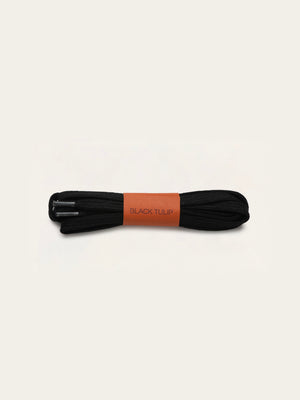
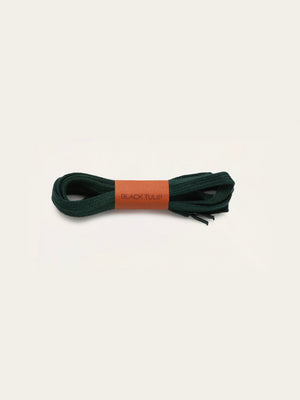
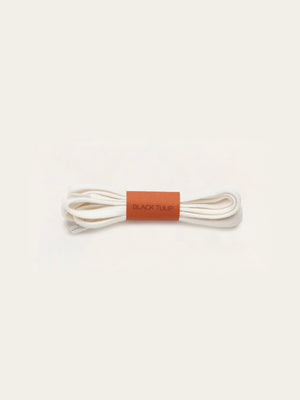
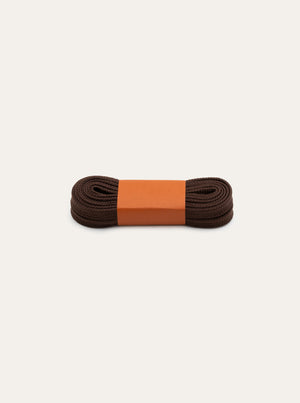
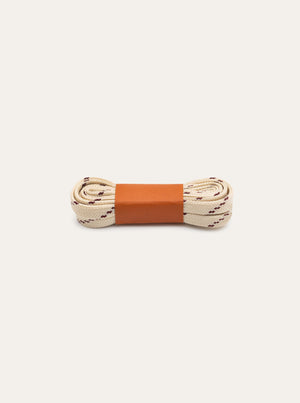
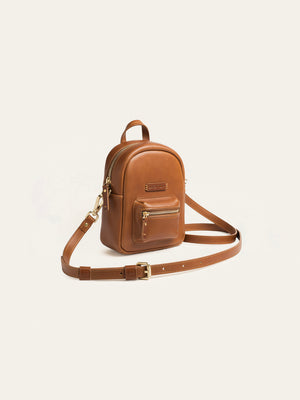
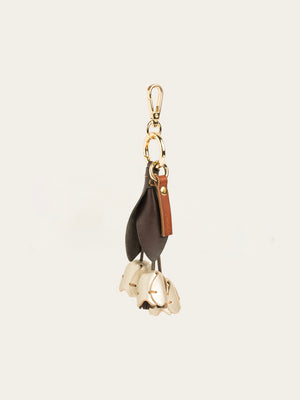
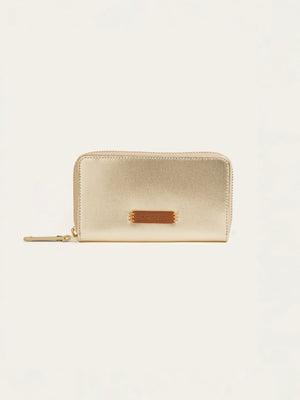




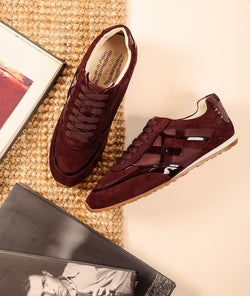
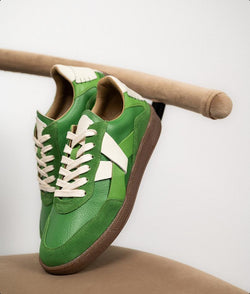
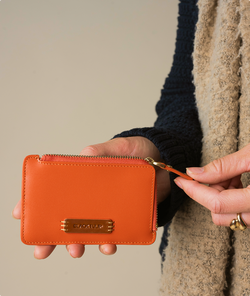
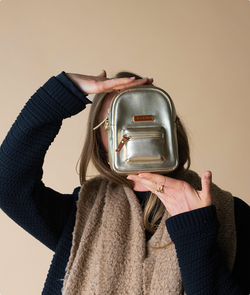
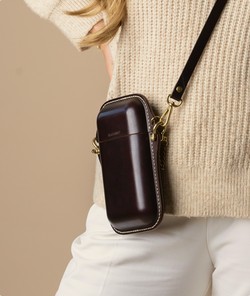




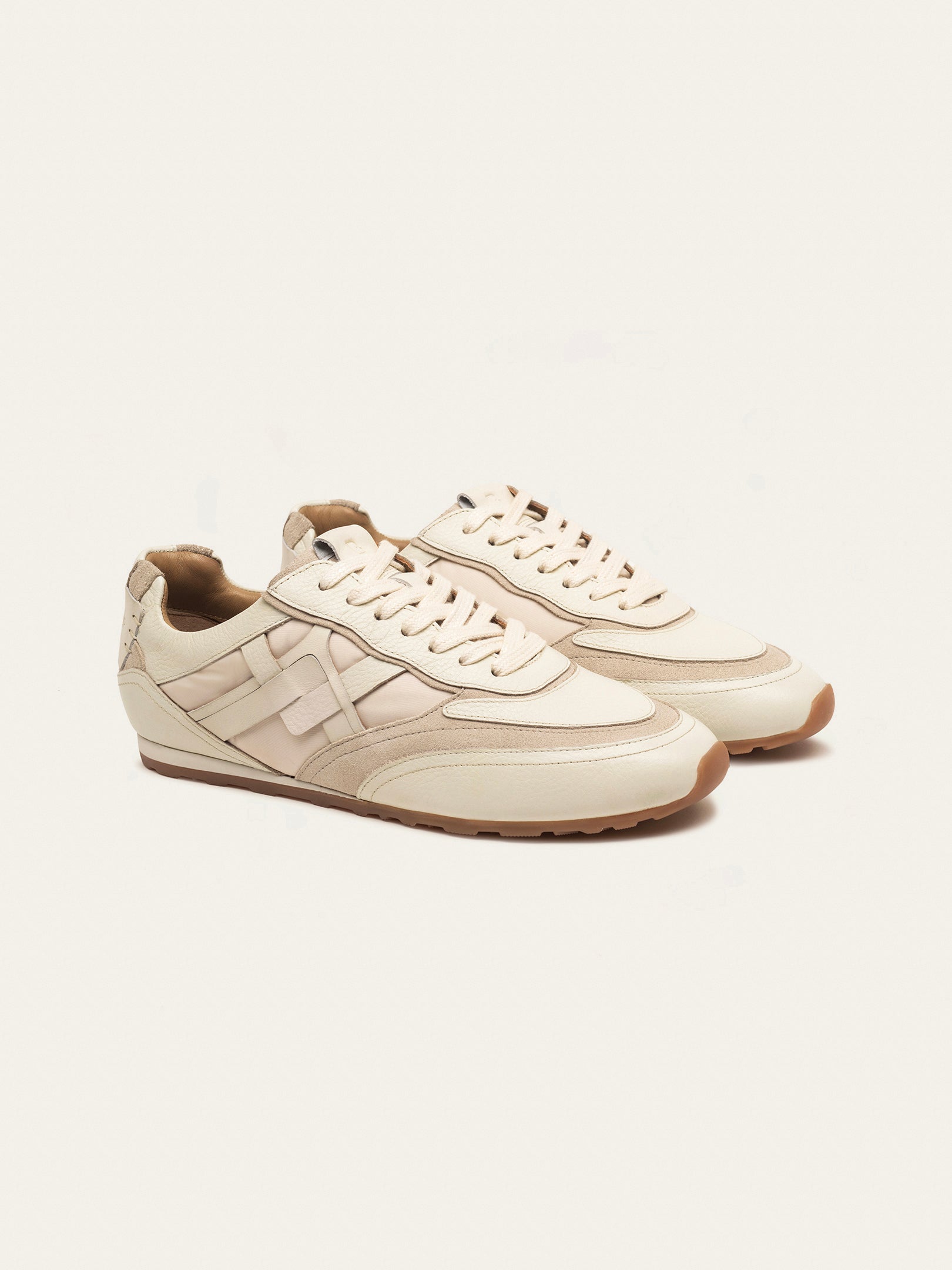
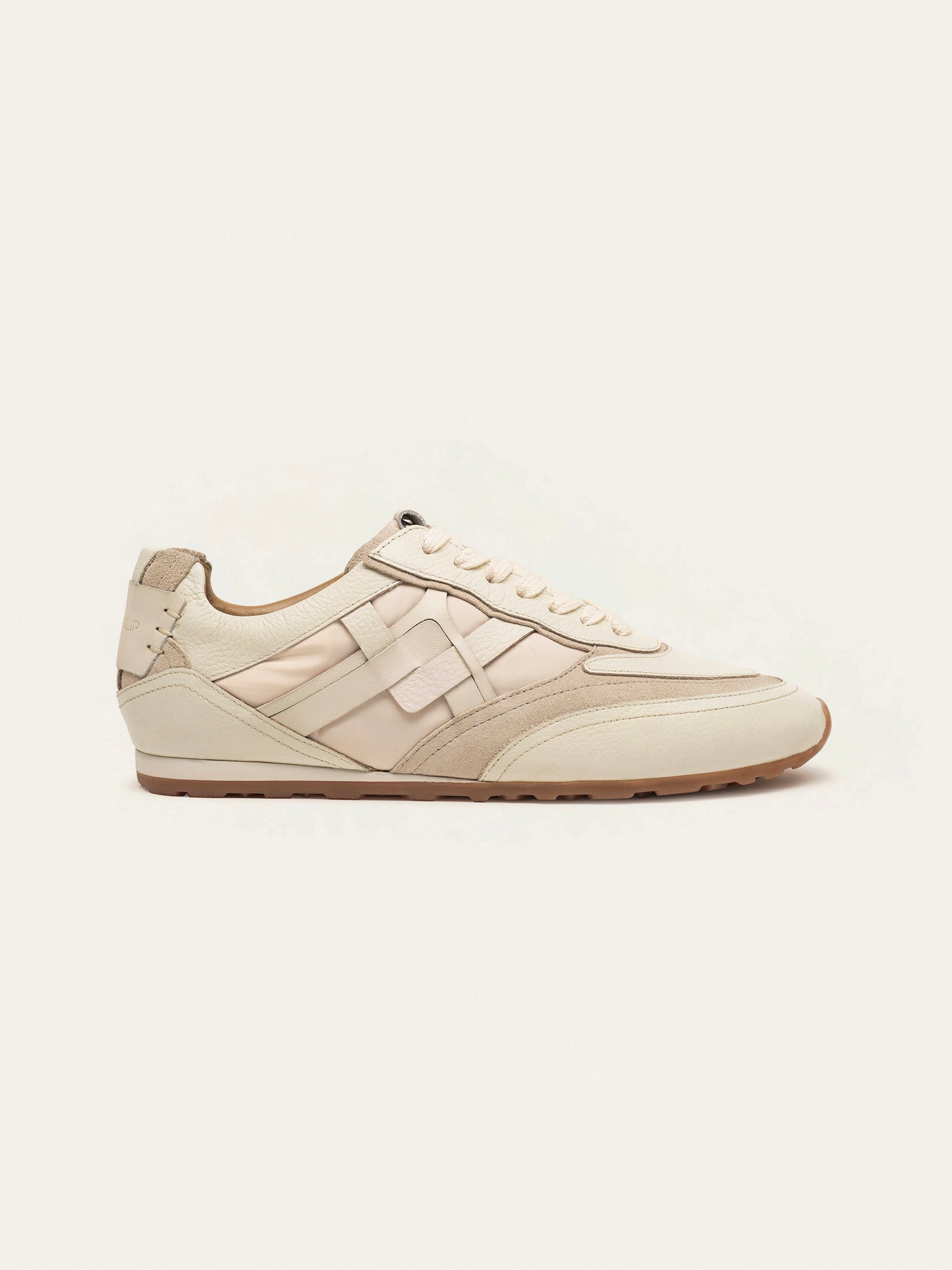

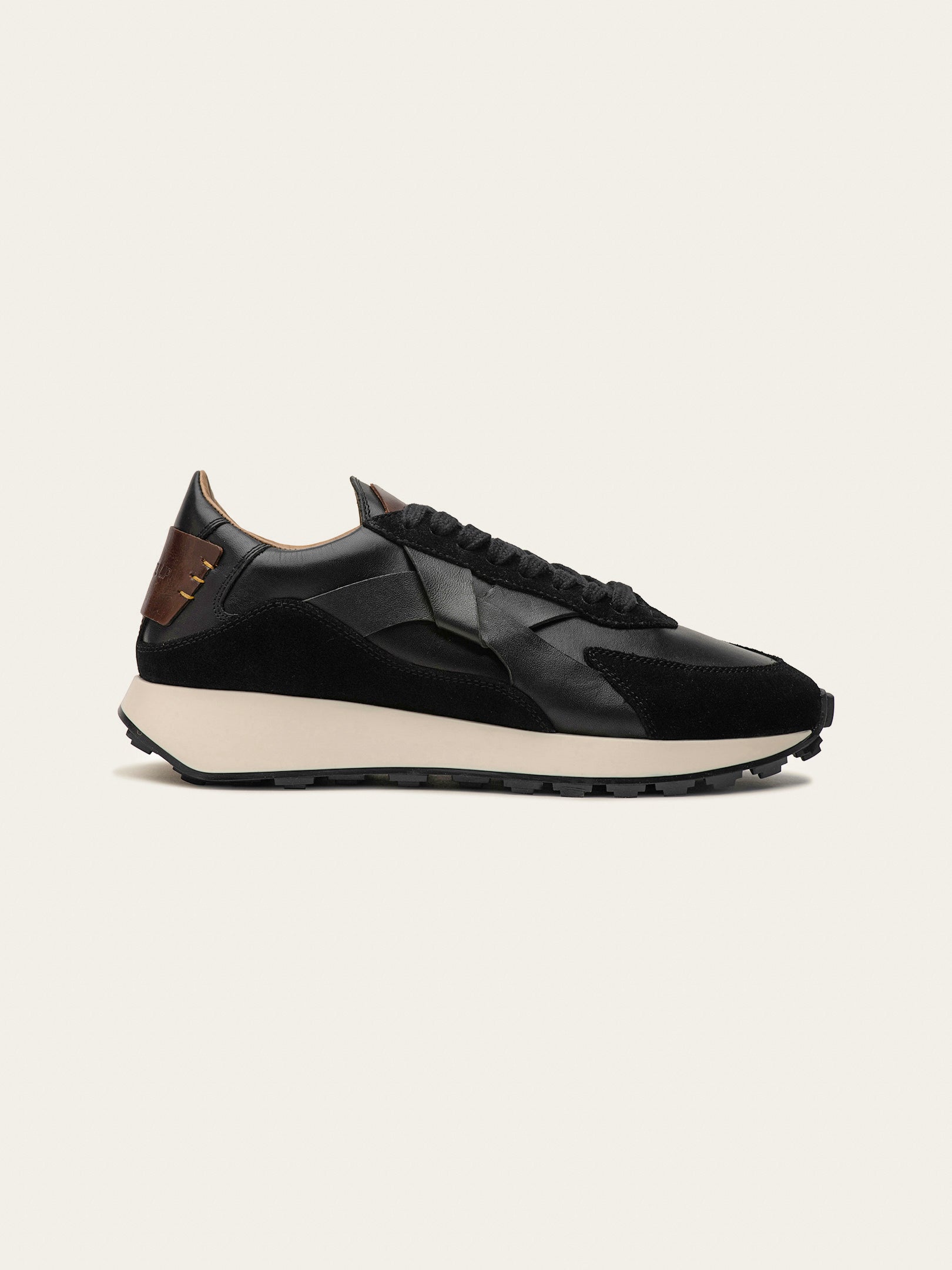
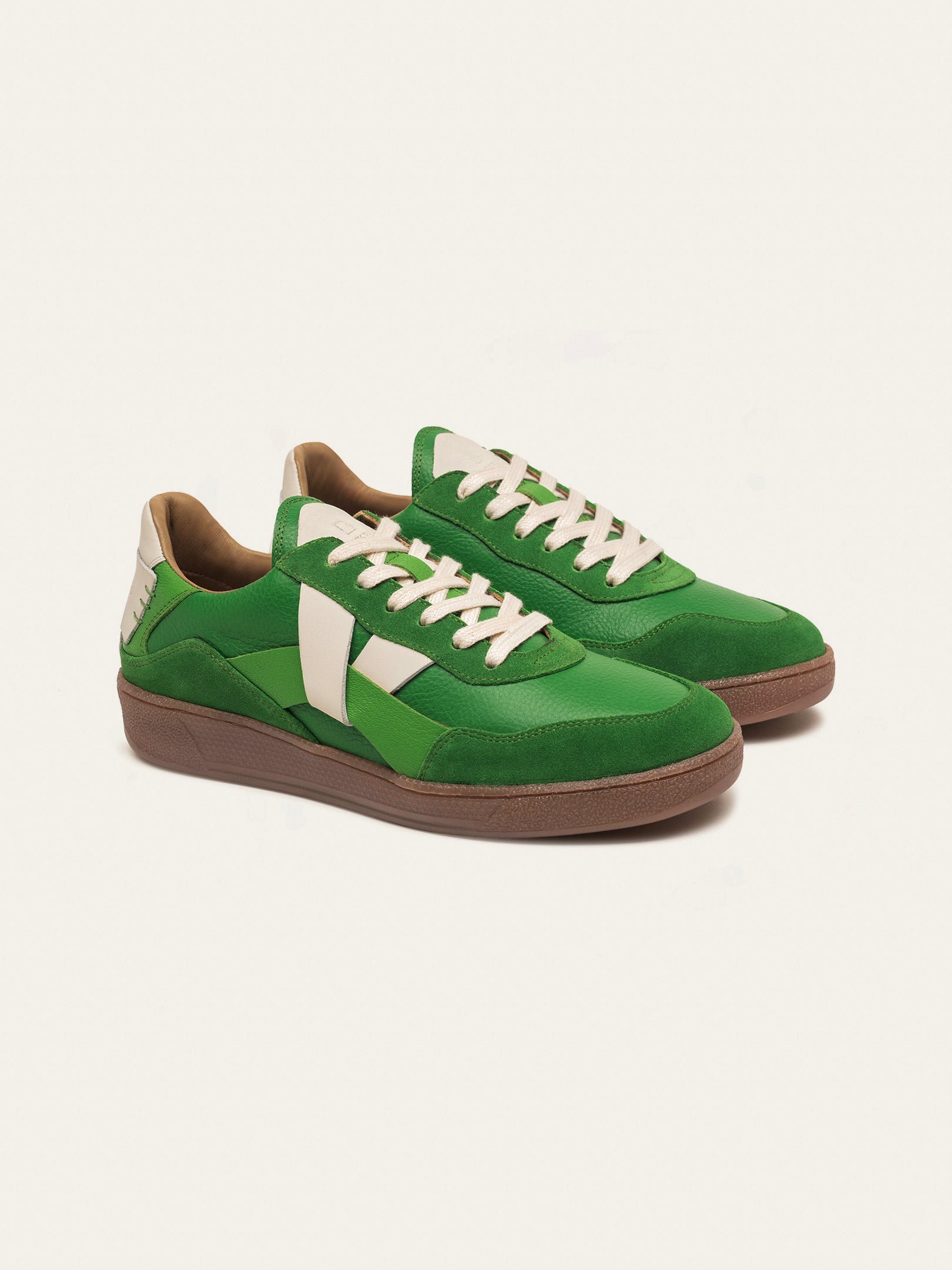
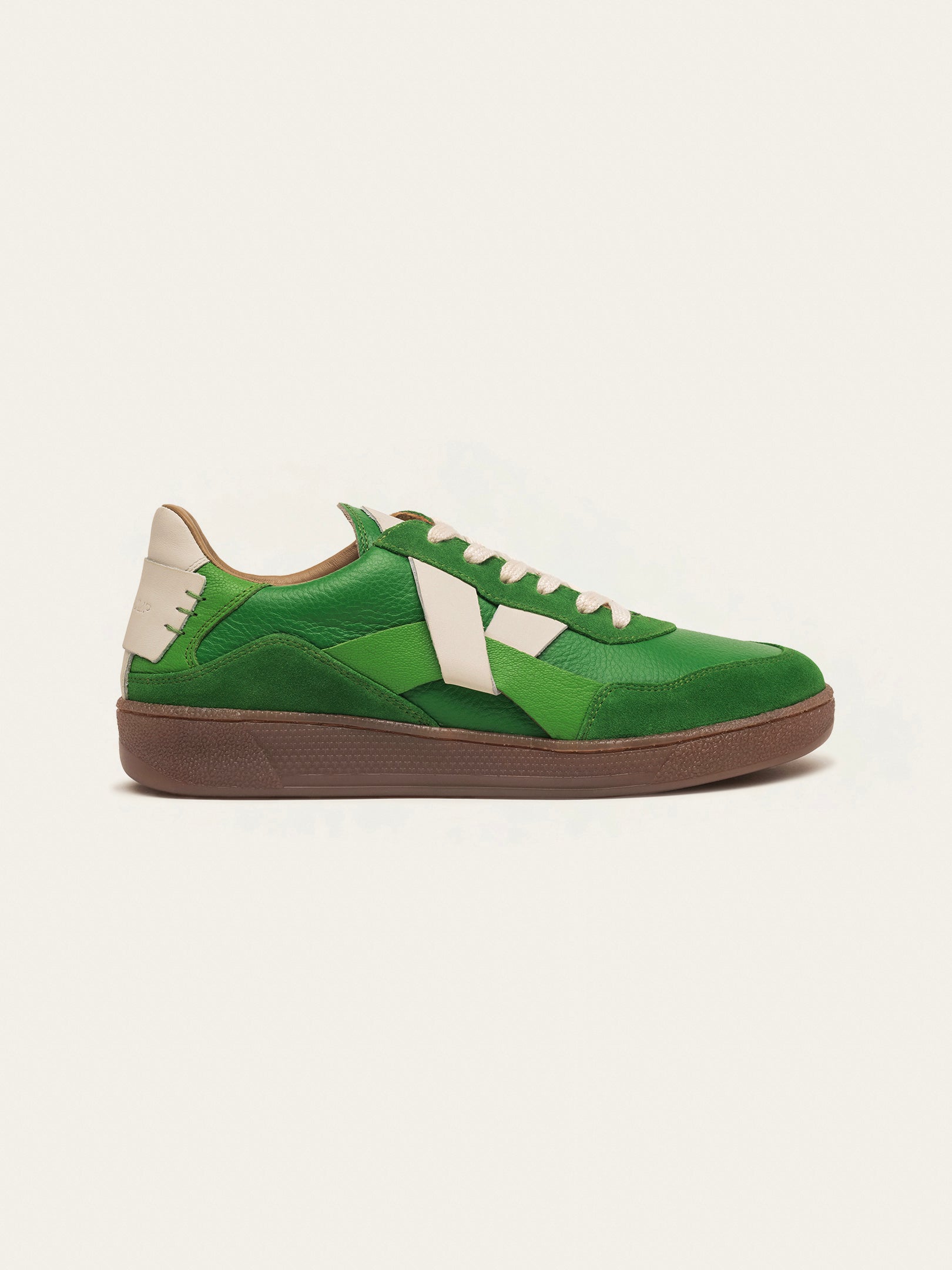
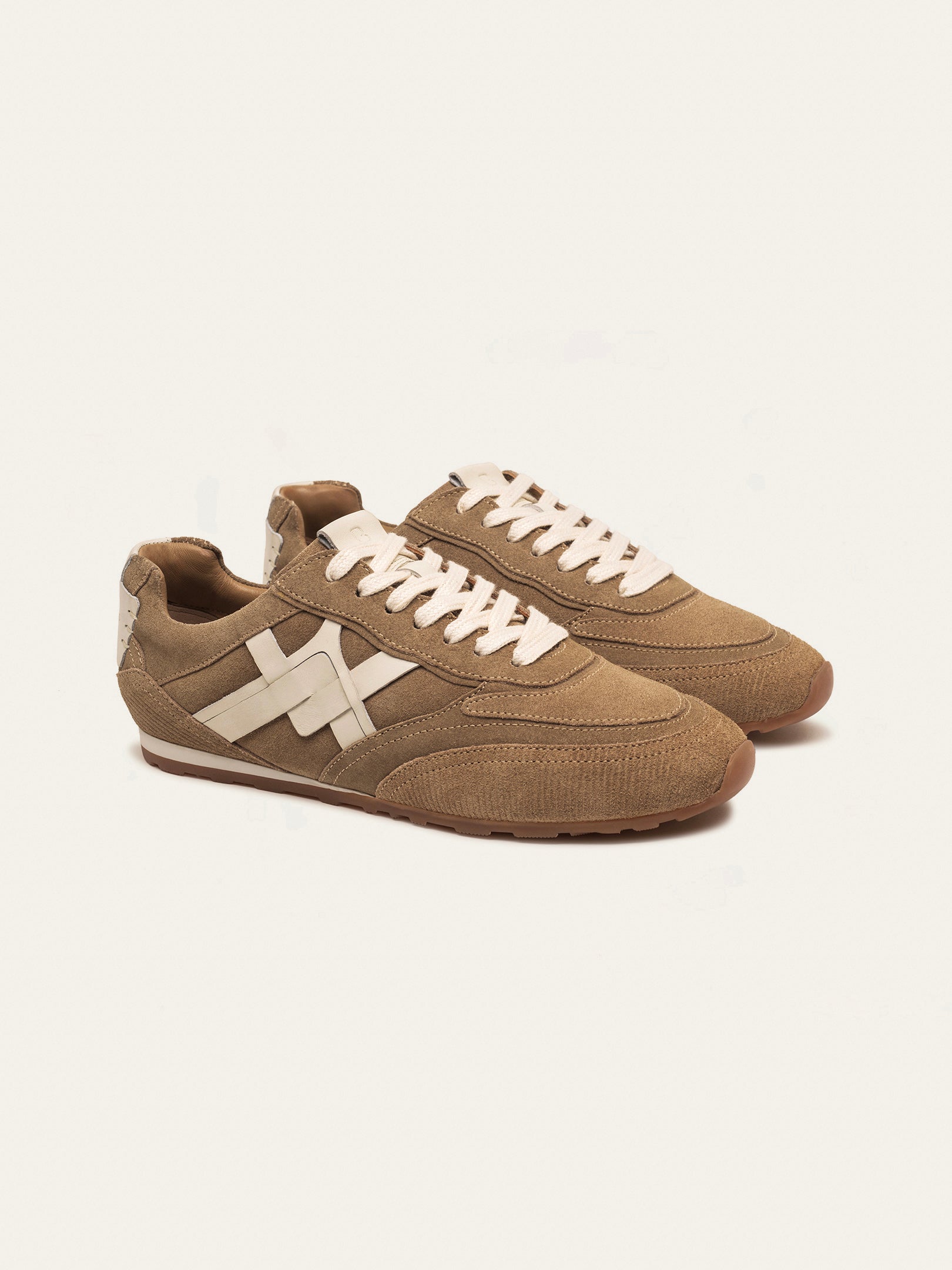
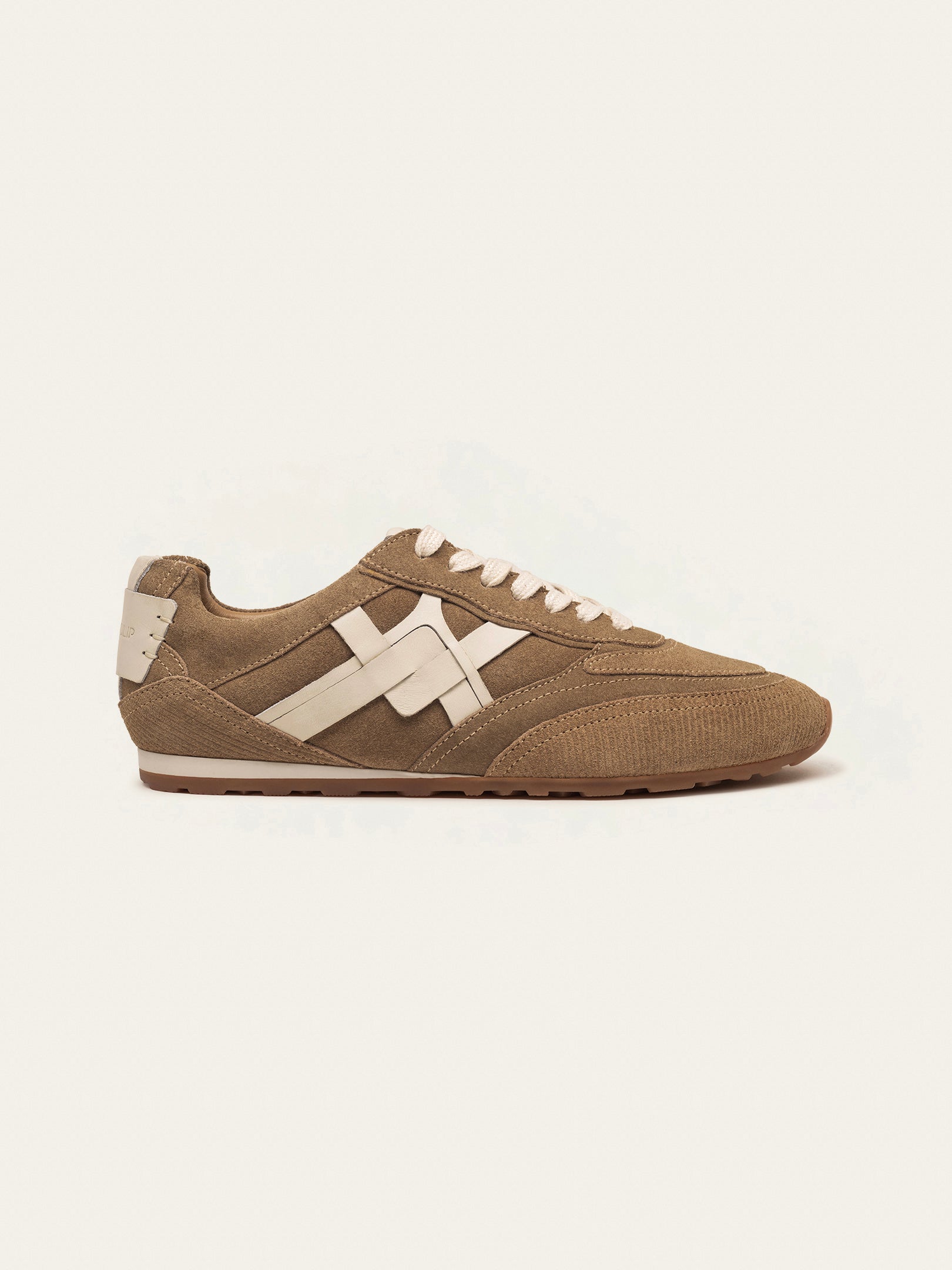
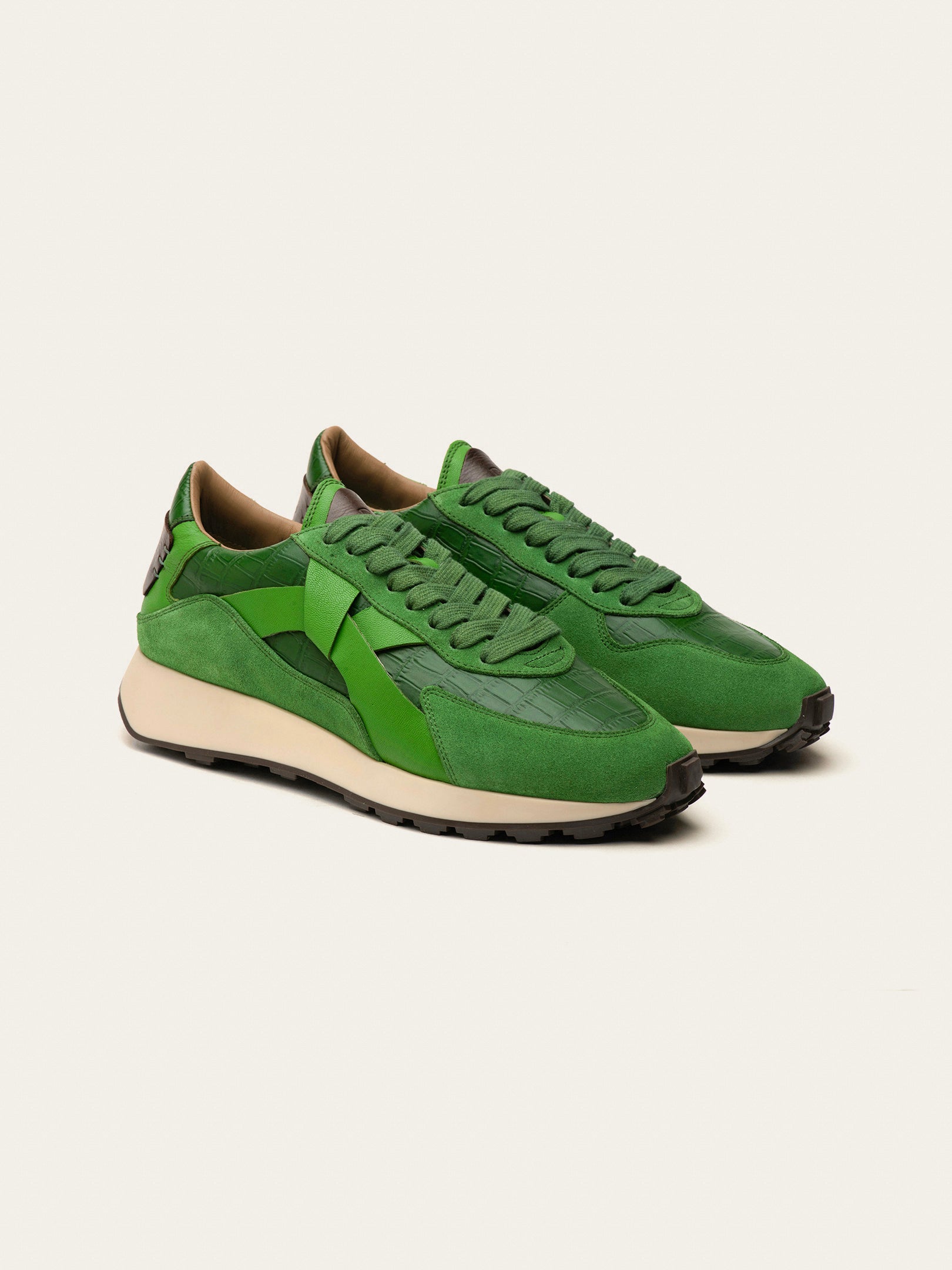
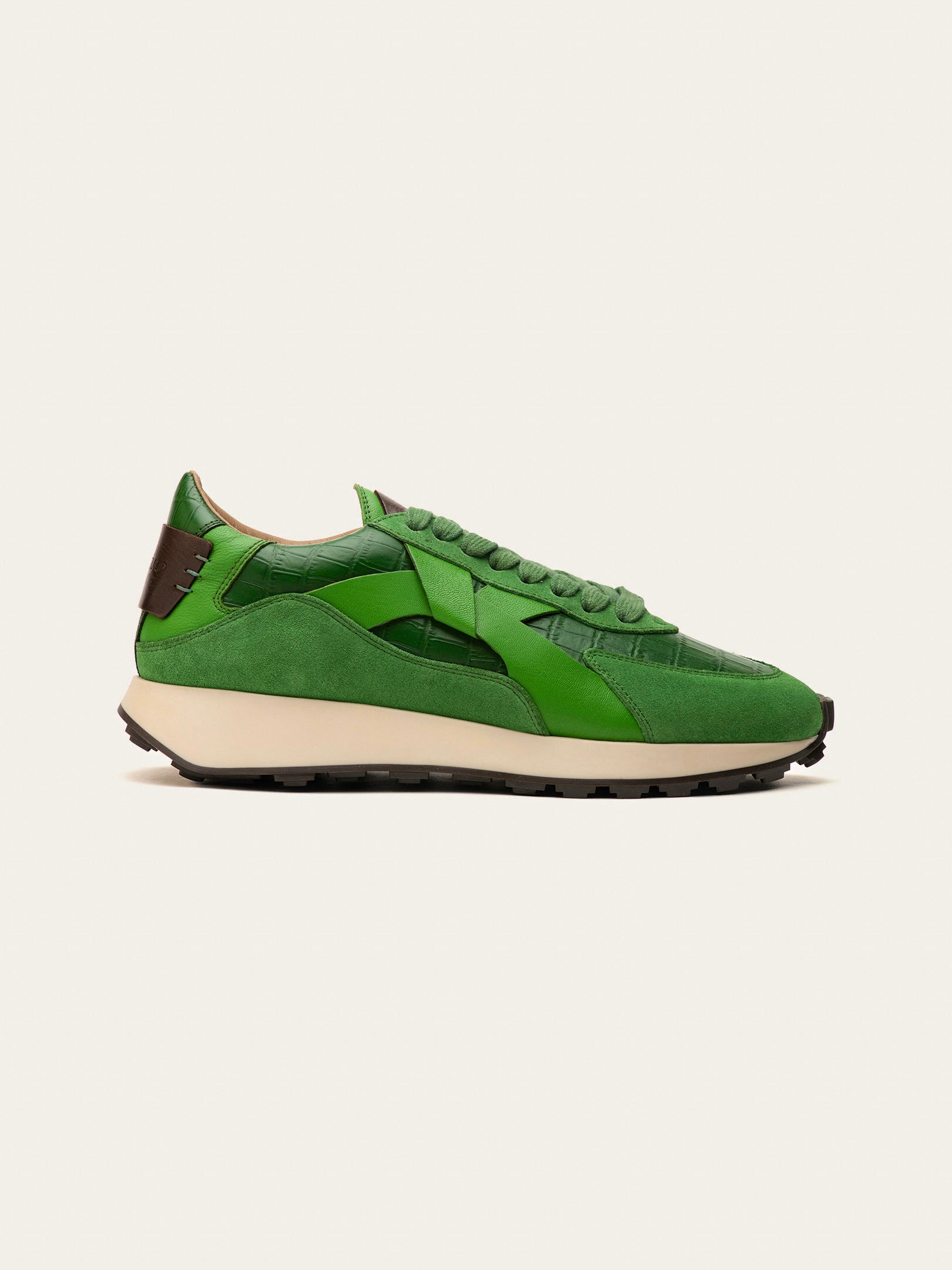



![Why Wide Fit Trainers Changed My Life: A Shoe Expert's Guide [2025]](http://blacktulipstudio.com/cdn/shop/articles/Blog_Img_3_8ce33137-6433-4543-8374-a7b009c05ff2.png?v=1763668125&width={width})



